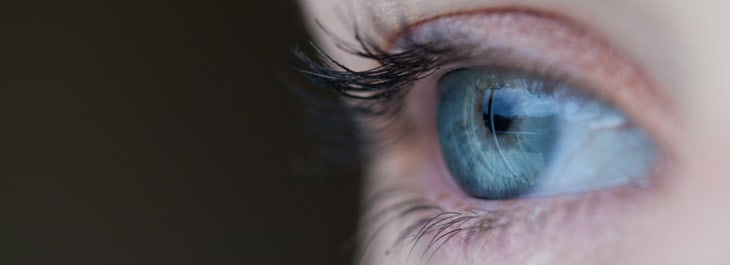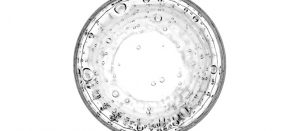
Helping The Sightless To See Without Eyes
3D bioprinting has made inroads into the varied fields of medicine providing solutions previously thought unfathomable. 3D bioprinting enables printing of cell patterns complete with the key architectural and compositional elements of a target tissue. The eyes, for example. But here, we don’t mean recreating the highly complex structure and functionality of vision of the eyes, rather, its mere form and esthetic, giving ‘sight’ where there is none. Such as in the conditions Microphthalmia and Anophthalmia.
Microphthalmia
Microphthalmia is an abnormal birth defect of infants born with very small or underdeveloped eyeballs. If the eyeballs are totally missing, the case is called anophthalmia. Both conditions can occur in one or both eyes and affect more than 10% of blind children globally. That’s as many as 30 in 100,000 children.
In the Netherlands, with the help of 3D technology, a team of of eye specialists and eye-care providers came together for a small study of 5 children to create artificial eye structures, called conformers. These are sculpted eyes, not to enable the blind child to see, but to provide that vital support of the eye sockets. Conformers are clear plastic shells fitted to hold the shape of the eye socket and allow the eyelids to blink over the shell without rubbing on the suture line.
Experts say that if the eyeballs are underdeveloped or missing, the sockets will not be stimulated to grow and the face and areas around the eyes cannot expand to their natural contour. Restoration of facial symmetry is the goal of conformers. But the making and fitting of such a prosthesis is a laborious process, requiring a lot of guess work, trials and fittings that take time and resources. It is particularly difficult with infants whose head sizes grow rapidly.
The Netherlands team made MRI scans of 3-month old babies, determined the extent of the malformation, eye socket size and depth, and devised an eye growth chart over the next 10 years of development. 3D printing then created customized conformers in a vast array of sizes matching the prediction of the growth charts. They are printed quickly, cheaply and in a range of sizes varying by less than a millimeter in diameter. It is individualized treatment. While only five patients have been treated, there’s a need to see the results of a larger group.
Providing Medical Solutions via 3D Printing
Find out from your 3D printing company in Seattle how we can be of help for a medical condition. If a bright idea comes to mind, we might just make it happen.



